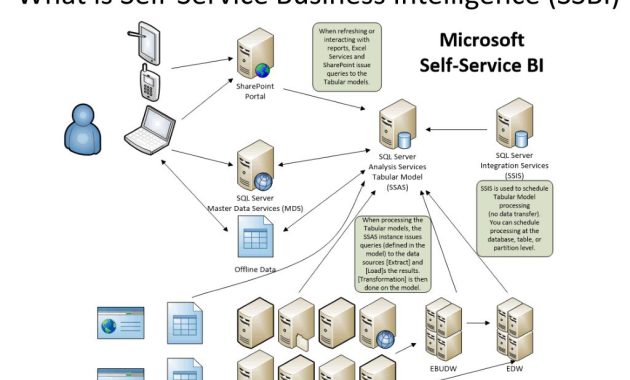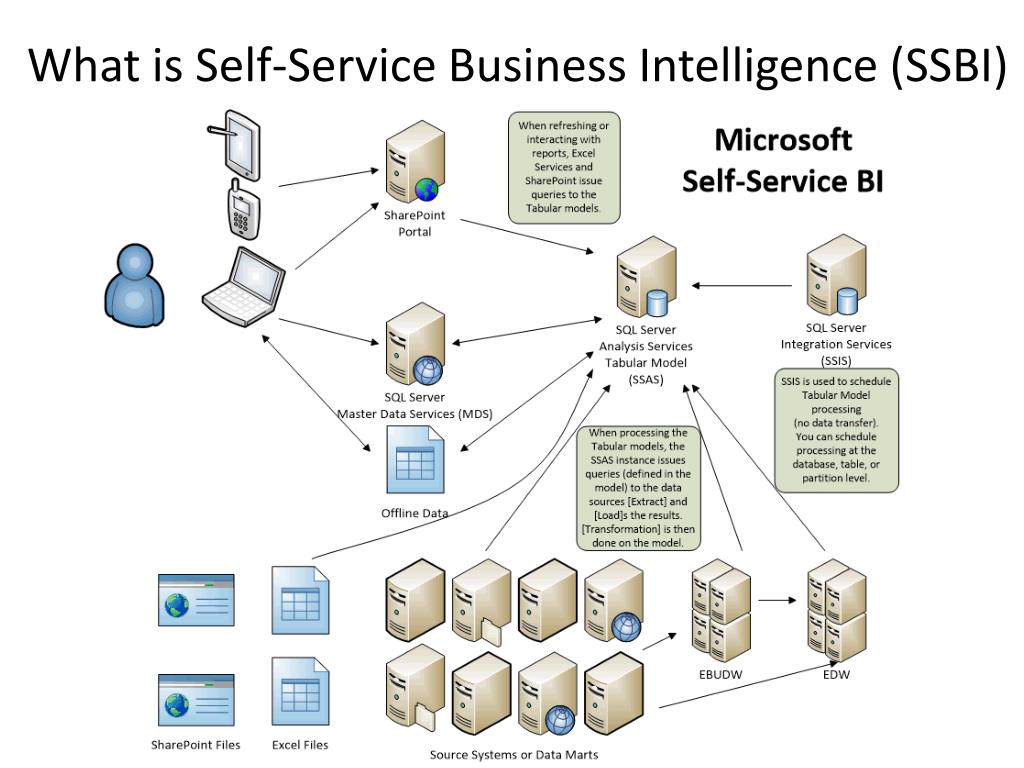
Self-Service Business Intelligence Software: A Paradigm Shift in Data Analysis
The business world is awash in data. Every click, transaction, and interaction generates a wealth of information, presenting both an opportunity and a challenge. The opportunity lies in the potential to extract valuable insights, drive strategic decisions, and gain a competitive edge. The challenge lies in making sense of it all. This is where self-service business intelligence software steps in. It’s revolutionizing how businesses approach data analysis.
This article delves into the world of self-service business intelligence software, exploring its core functionalities, benefits, and the problems it solves. We’ll examine how this technology empowers users to analyze data independently, fostering a data-driven culture and leading to more informed decision-making. The rise of this software has been a game-changer. It puts the power of data directly into the hands of business users.
Understanding Self-Service Business Intelligence Software
At its core, self-service business intelligence (BI) software is designed to give business users the ability to analyze data without relying heavily on IT or data science teams. It offers intuitive interfaces, drag-and-drop functionality, and pre-built visualizations, making data exploration accessible to individuals with varying levels of technical expertise. This contrasts sharply with traditional BI solutions, which often require specialized skills and are typically managed by dedicated IT departments. This has allowed business users to become more self-sufficient.
Key features of self-service BI software typically include:
- Data Connection and Integration: The ability to connect to various data sources, including databases, spreadsheets, cloud platforms, and more.
- Data Preparation and Transformation: Tools for cleaning, transforming, and shaping data for analysis.
- Data Visualization: A wide range of charts, graphs, and dashboards to represent data visually.
- Interactive Dashboards: Customizable dashboards that allow users to explore data in real-time.
- Reporting and Analytics: Features for creating reports, performing ad-hoc analysis, and identifying trends.
- Collaboration and Sharing: Capabilities to share insights and collaborate with colleagues.
The Problems Self-Service BI Solves
Self-service business intelligence software addresses a number of critical business problems. These solutions help organizations overcome several common challenges. These problems include:
- Data Silos: Many organizations struggle with data silos, where data is stored in isolated systems and is difficult to access and integrate. Self-service BI software provides the tools to connect and combine data from various sources, creating a unified view of the business.
- Lack of Data Accessibility: Traditional BI solutions often require users to submit requests to IT departments for data analysis, leading to delays and bottlenecks. Self-service BI empowers business users to access and analyze data directly, reducing dependence on IT and accelerating the decision-making process.
- Limited Data Literacy: Not all business users have the technical skills to work with complex data analysis tools. Self-service BI software offers user-friendly interfaces and intuitive features, making data analysis accessible to a wider audience, improving data literacy across the organization.
- Slow Decision-Making: Delays in accessing and analyzing data can hinder decision-making. By providing real-time insights and interactive dashboards, self-service BI enables faster and more informed decisions.
- Inefficient Reporting: Generating reports can be a time-consuming and resource-intensive process. Self-service BI automates report generation and provides customizable reporting templates, streamlining the reporting process and freeing up valuable time.
- Missed Opportunities: Without the ability to quickly identify trends and patterns in data, businesses may miss opportunities for growth and improvement. Self-service BI empowers users to uncover valuable insights that can lead to better decision-making and improved business outcomes.
Benefits of Implementing Self-Service BI Software
The advantages of adopting self-service business intelligence software are numerous and far-reaching. They significantly impact various facets of an organization. Some key benefits include:
- Improved Decision-Making: By providing access to real-time data and actionable insights, self-service BI empowers users to make more informed and data-driven decisions.
- Increased Efficiency: Automating data analysis and reporting tasks frees up valuable time and resources, allowing employees to focus on more strategic initiatives.
- Enhanced Collaboration: Self-service BI fosters collaboration by enabling users to share insights and work together on data analysis projects.
- Greater Agility: The ability to quickly adapt to changing market conditions and customer needs by leveraging real-time data and insights.
- Cost Savings: Reducing reliance on IT departments and automating reporting processes can lead to significant cost savings.
- Increased Revenue: Identifying new opportunities for growth and improving operational efficiency can ultimately lead to increased revenue.
Real-World Applications of Self-Service BI
Self-service business intelligence software finds applications across a wide range of industries and business functions. Here are some examples:
- Sales and Marketing: Tracking sales performance, identifying customer trends, and optimizing marketing campaigns.
- Finance and Accounting: Analyzing financial performance, monitoring expenses, and creating financial reports.
- Human Resources: Tracking employee performance, analyzing employee retention rates, and identifying training needs.
- Operations: Monitoring operational efficiency, identifying bottlenecks, and optimizing processes.
- Healthcare: Analyzing patient data, tracking treatment outcomes, and improving healthcare delivery.
- Retail: Analyzing sales data, tracking inventory levels, and optimizing store layouts.
Choosing the Right Self-Service BI Software
Selecting the right self-service BI software for your organization requires careful consideration. Several factors should be taken into account.
- Ease of Use: The software should have an intuitive interface and be easy to learn and use, even for individuals with limited technical skills.
- Data Connectivity: Ensure the software can connect to all of your relevant data sources, including databases, spreadsheets, and cloud platforms.
- Data Visualization Capabilities: The software should offer a wide range of data visualization options, including charts, graphs, and dashboards.
- Reporting and Analytics Features: The software should provide robust reporting and analytics features, including the ability to create custom reports and perform ad-hoc analysis.
- Scalability: The software should be able to scale to accommodate your growing data needs and user base.
- Security: Ensure the software has robust security features to protect your data.
- Cost: Evaluate the pricing and licensing options to ensure they fit your budget.
- Support and Training: Consider the availability of support and training resources to help you get the most out of the software.
The Future of Self-Service BI
The future of self-service business intelligence software is bright. Several trends are shaping the evolution of this technology:
- Artificial Intelligence (AI) and Machine Learning (ML): AI and ML are being integrated into self-service BI software to automate data analysis, provide predictive insights, and personalize the user experience.
- Cloud-Based Solutions: Cloud-based self-service BI software is becoming increasingly popular, offering greater flexibility, scalability, and cost-effectiveness.
- Mobile BI: Mobile BI solutions are enabling users to access and analyze data on their mobile devices, anytime, anywhere.
- Data Democratization: The goal is to make data accessible to everyone in the organization, regardless of their technical skills.
Self-service business intelligence software is transforming the way businesses operate. It is a powerful tool that empowers users to make better decisions, improve efficiency, and drive growth. By selecting the right software and embracing a data-driven culture, organizations can unlock the full potential of their data and achieve their business goals. The continued innovation in this area promises even more powerful and user-friendly solutions in the years to come. Businesses adopting self-service business intelligence software are well-positioned to thrive in the data-driven economy. They are also solving critical issues.
[See also: How to Choose the Right BI Tool for Your Business]
[See also: The Role of Data Visualization in Self-Service BI]
[See also: Best Practices for Implementing Self-Service BI]

